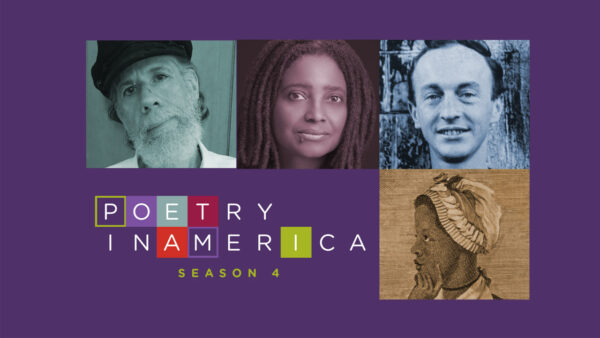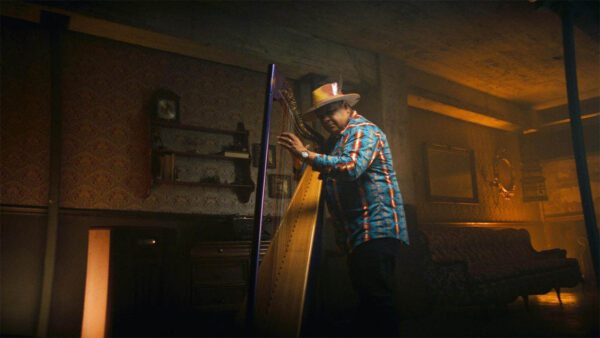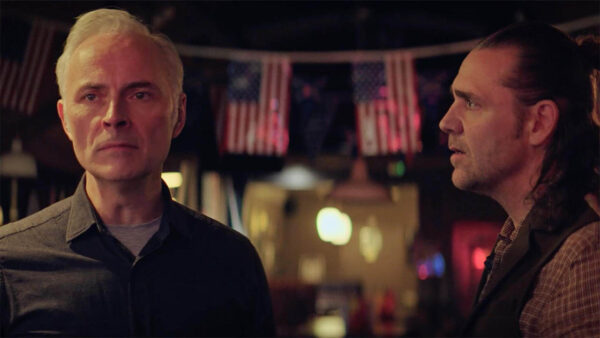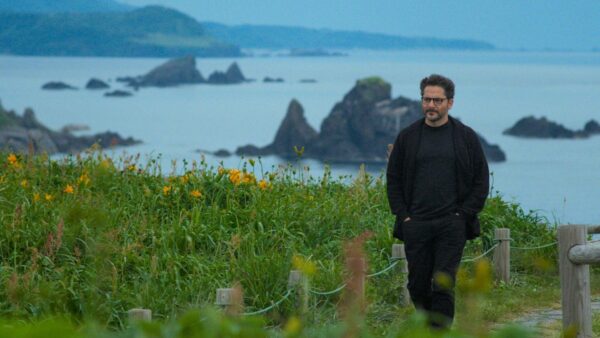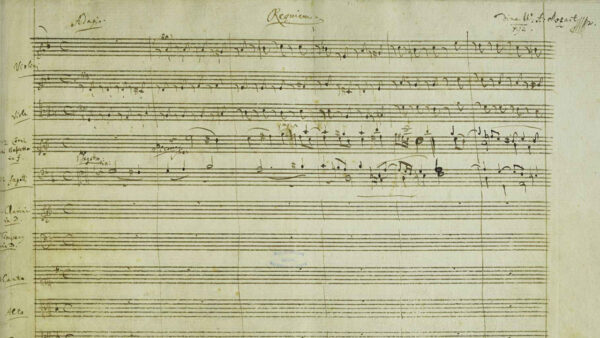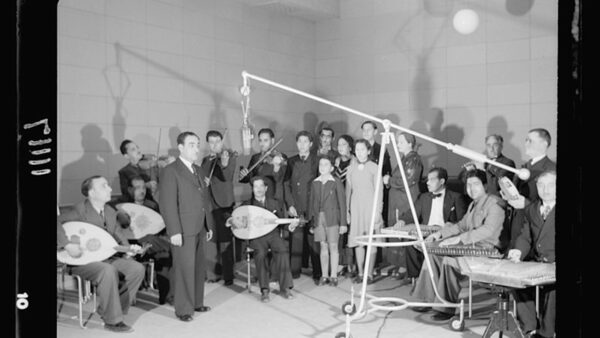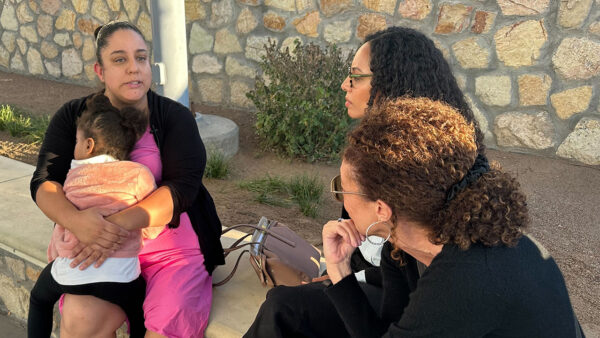Wednesdays at 8 p.m., beginning Oct 27
The award-winning PBS science series, “NOVA”, a production of GBH Boston, will premiere a new epic five-part series, “NOVA: Universe Revealed,” on Wednesdays, beginning Oct. 27. The series, a sequel to and expansion on the acclaimed 2019 “NOVA” series “The Planets,” marks the latest co-production from PBS and the BBC Studios Science Unit. Using stunning CGI imagery, the latest scientific research and archival footage captured during scientific missions, the series immerses viewers in the expansive and dramatic story of the universe, from its moment of inception 13.8 billion years ago, to what could be its ultimate fate, trillions upon trillions of years in the future.
In distant realms far beyond our familiar solar system, an epic drama is continuously unfolding. Its cast list features rogue planets, colliding galaxies and black holes more massive than a billion suns — and each character has its own extraordinary story to tell. In this series, “NOVA” delves into the vastness of space to capture the powerful moments when the universe changed forever. State-of-the-art animation delivers astonishing, photorealistic glimpses of the birth of the very first star, the chaos created as two galaxies collide, and the power of a supermassive black hole as it flings a star across space so violently that it’s still traveling millions of years later. “NOVA” even takes viewers back in time to witness the birth of space and time itself.
“This series is hugely ambitious in its scale. It allows us to roam through time and space uncovering exquisite moments of sheer drama that changed the universe forever,” said BBC Executive Producer Andrew Cohen. “Extraordinary events laid the way for our own arrival on this tiny planet that orbits just one star of the trillions of stars that make up the visible universe.”
“Huge new advances in the scientific understanding of our universe have allowed us to take you to places we didn’t even know existed ten years ago. With breakthrough VFX we can come face-to-face with the universe’s most surprising characters and understand how their fates are intertwined with our own,” said BBC Executive Producer Gideon Bradshaw.
“We’ve all been born into this dramatic and ever-unfolding story of the universe, which has been playing out since the beginning of time,” said NOVA Executive Producer Chris Schmidt. “This highly entertaining series aims to answer some of the many questions around the ideas of time and space that we curious beings have long pondered. It’s also a celebration of the incredible power that human beings have to ask questions and find answers, using nothing more than imagination and scientific exploration.”
“We were so proud of ‘The Planets’ series and gratified to see how it resonated with viewers,” said “NOVA” Executive Producer Julia Cort. “It’s been a pleasure to again work with the BBC on this sequel, which is even more ambitious in scale. We’re also excited to deliver more multiplatform content surrounding the series—including a companion podcast, ‘NOVA Now Universe Revealed’—and look forward to engaging with audiences through virtual screening events beginning this fall.”
The five one-hour episodes are as follows:
Oct. 27: “Age of Stars
The sun is a constant presence in our lives and has been a lifegiving source of light, heat, and energy for 4.6 billion years. Yet we’ve only recently begun to unravel its epic history and discover its place among an even grander cycle of birth, death, and renewal that makes this the age of stars. To piece together this stellar saga, “NOVA” explores new clues from the iconic Hubble Space Telescope and a heat-resistant solar probe that’s designed to fly as close to the Sun’s million-degree atmosphere as possible. The trail of evidence leads back to the first star nurseries; there, early stars ignited and became nuclear fusion factories, forging the elements that would make up planets and ultimately our own bodies. In spectacular animation based on Hubble photos, we witness how our universe came to be populated by stars of every size and color. With their fuel finally exhausted, we see stars stage a dramatic exit when they explode as supernovae, which can outshine an entire galaxy. And in its final act, NOVA offers a haunting glimpse billions of years into the future, when the age of stars will lead ultimately to an age of darkness, long after our own sun extinguishes itself.
Nov. 3: “Milky Way”
The Milky Way, an ethereal city of stars straddling the night sky, is a constant reminder of our place in the galaxy we call home. It’s so vast that even traveling at the speed of light, it would take about 100,000 years to cross it. But what shaped this giant spiral of stars, gas, and dust, and what will be its destiny? “NOVA” explores the wonders of galactic archaeology revealed by Gaia, a spacecraft that’s creating a precise 3D map and measuring the motions of over a billion stars in our galaxy. The results are unlocking the turbulent history of our cosmic neighborhood, from its birth in a whirling disk of clouds and dust to colossal collisions with other galaxies. Travel back in time and witness how one of those collisions injected fresh gas into the Milky Way and gave birth to new generations of stars — possibly including our own sun. And finally, we’ll peer into the future to watch the Milky Way’s ultimate fate as it collides with its nearest neighbor, the Andromeda galaxy, over 4 billion years from now.
Nov. 10: “Alien Worlds”
For nearly as long as humans have gazed up at the night sky, we’ve wondered whether other lifeforms and intelligences could be thriving on worlds far beyond our own. Answering that question seemed forever fated to remain pure speculation. But over the last few decades, ultra-sensitive telescopes and dogged detective work have transformed alien planet-hunting from science fiction into hard fact. “NOVA” tells the story of how the first breakthrough discoveries of exoplanets — planets orbiting other stars — were made. Expecting to find them similar to our familiar planets, scientists instead discovered a riot of exotic worlds. Vivid animation based on data from the Kepler space telescope brings them into view: puffy planets with the density of Styrofoam, unstable worlds orbiting two suns, and thousand-degree, broiling gas giants with skies whipped into titanic winds. Then “NOVA” reveals the most tantalizing discovery of all: the Super-Earths, situated in the “Goldilocks zone,” just the right distance from their sun where life might be supportable, and with one of them signaling life’s essential ingredient, water, in its atmosphere. With over 2,800 exoplanets confirmed by Kepler and discoveries still rolling in, “NOVA” revisits that age-old question with thrilling new science: Are we alone?
Nov. 17: “Black Holes”
Black holes have long challenged the best minds in science and gripped the popular imagination. The most powerful and enigmatic objects known, they can reshape entire galaxies, warp the fabric of space and time, and may even be the key to unlocking the ultimate nature of reality. Yet if we can’t see them, how can we investigate them? “Black Holes” tells the story of how a new generation of high-energy telescopes is bringing these invisible voids to light — notably, the discovery that supermassive black holes millions or even billions of times larger than our sun lurk at the center of nearly every galaxy, including our own. But what happens if you stray too close to a black hole’s point of no return — its event horizon? Animation depicts the ultimate thrill ride as we surf a waterfall in the fabric of the universe toward a yawning black hole. Time itself slows to a crawl and we witness the annihilation of a planet as it’s torn apart by “spaghettification.” So what lies beyond the black hole’s void? If nothing can ever escape, is that the end of the story? Or could they be a portal to another dimension — or another universe, full of black holes?
Nov. 24: “Big Bang”
Many think that the Big Bang is when the universe started and time itself began. But what clues can we discover about this ultimate genesis of everything? And can we ever know what existed before the universe’s birthday? “NOVA” winds back the ages with the help of animation based on stunning images from the Hubble Space Telescope. We meet infant galaxies like GN-z11, a mere fraction of the size of our Milky Way but filled with vast and violent blue stars that formed just a few hundred million years after the Big Bang. Before that — before the coming of visible light itself — stretches the “cosmic Dark Ages,” when the only direct clues are ripples in the radiation picked up by the Planck space telescope. But in a final twist, Big Bang traces how scientists came up with an incredible theory for what happened billionths of a billionth of a second from the universe’s birth. “NOVA” rewinds to the instant when everything was infinitely small and then inflated at a mind-boggling rate. It sounds like science fiction, but the predictions of inflation theory have so far stood the test of time — a triumph of scientific ingenuity that has brought us to the brink of understanding more than we could ever have hoped about our cosmic origins.







